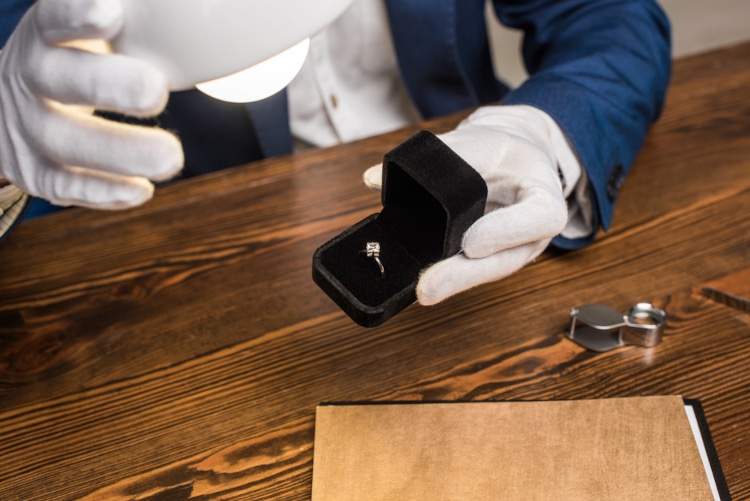As of late, lab-grown diamonds have arisen as a revolutionary alternative to normal diamonds. These engineered jewels are a stylish option as well as a superior choice for many reasons. In this comprehensive analysis, we why invest pink diamonds outperform their regular partners concerning quality, sustainability, and worth.
Table of Contents
Understanding Lab-Grown Diamonds
Lab-grown diamonds, otherwise called synthetic diamonds, are created using trend setting innovation that replicates the conditions under which normal diamonds structure. There are two primary techniques for producing these diamonds: High Tension High Temperature (HPHT) and Chemical Fume Deposition (CVD). The two techniques bring about diamonds that are chemically, physically, and optically identical to regular diamonds.
Unparalleled Quality and Purity
One of the most compelling motivations to pick lab-grown diamonds is their unparalleled quality. Unlike regular diamonds, which often contain inclusions and blemishes, lab-grown diamonds can be delivered with exceptional clarity and purity. These diamonds are typically evaluated using a similar 4Cs (Cut, Variety, Clarity, Carat weight) as regular diamonds, however they often outperform them in quality because of their controlled environment of creation.
Economic Benefits
Lab-grown diamonds offer significant economic benefits over normal diamonds. They are by and large priced 20% to 40% not exactly their regular partners of similar quality. This price advantage is attributed to the lower cost of production and the shortfall of traditional mining costs. Consumers can acquire a bigger, higher-quality diamond within their budget, making lab-grown diamonds a financially appealing option.
Ethical and Environmental Considerations
The environmental impact of diamond mining has for quite some time been a worry. Traditional diamond mining involves extensive land disruption, water utilization, and can cause serious environmental harm. Interestingly, lab-grown diamonds are created with a minimal environmental footprint. The ethical worries associated with conflict diamonds are likewise mitigated with lab-grown diamonds, as they are liberated from the issues of human rights manhandles and exploitative labor practices.
Customization and Innovation
Lab-grown diamonds provide more noteworthy opportunities for customization. With the ability to control the development environment, consumers can select specific shapes, varieties, and sizes that might be rare or expensive in normal diamonds. This flexibility takes into account innovative designs and personalized gems options that are tailored to individual inclinations.
Longevity and Durability
As far as durability, lab-grown diamonds are similar to normal lab diamonds. They have similar hardness and resistance to scratches, ensuring that they will maintain their brilliance and shine over the long run. The longevity of lab created diamonds settles on them a practical decision for ordinary wear, including wedding bands and other fine gems.
Market Patterns and Acknowledgment
The acknowledgment of lab-grown diamonds is steadily increasing. Many prominent gems brands and retailers are incorporating lab-grown diamonds into their collections, reflecting a growing pattern towards sustainable and ethical extravagance. As consumer awareness and demand for eco-friendly items rise, lab-grown diamonds are becoming a more normal and regarded choice on the lookout.
Conclusion: The Future of Diamonds
Lab-grown diamonds address the future of the diamond industry, offering an attractive alternative to regular diamonds. With their exceptional quality, economic benefits, ethical benefits, and customization possibilities, lab-grown diamonds stand out as a superior choice for discerning consumers. As innovation propels and societal qualities shift, the popularity of lab-grown diamonds is set to increase, making them a brilliant investment for those seeking both excellence and responsibility in their gems choices.





